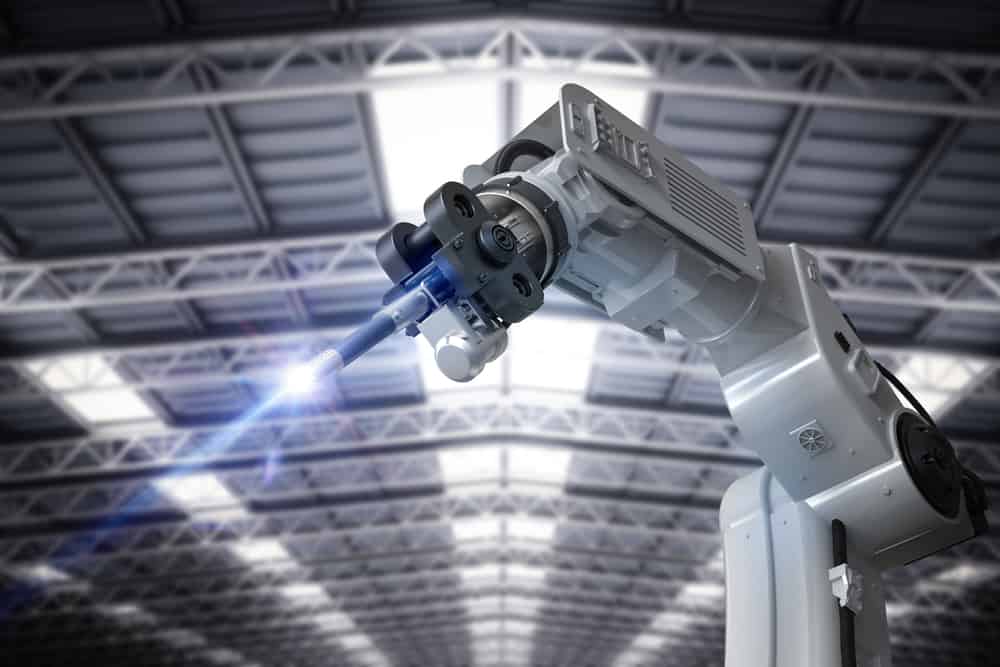
The severe shortage of skilled manual welders has led the manufacturing sector to realize the potential of welding automation to improve productivity and efficiency. Automated welding equipment’s adoption across industries highlights the role of robotic systems in defining welding in the future. Below, we discuss some of the key developments in automated welding, its benefits and challenges, and how automation will shape the future of the welding industry.
Developments in Automated Welding Technology
Accomplishing industry-specific standards for safety, hygiene, and purity while yielding strong and consistent manual welds is challenging. Welding flaws caused by human error and fatigue can result in material wastage and rework that directly impacts productivity. One of the primary objectives of automated welding technology is to reduce the cost-efficiency of high-quality welds in critical and low-tolerance environments. The following advances in automated welding technology are expected to significantly influence welding in the future.
IoT in Welding
Leveraging the Internet of Things (IoT) in welding allows manufacturers to capture and review data generated during the welding process to monitor and evaluate weld quality against established weld parameters. IoT also provides welding system insights that enable operators to detect inefficiencies, conduct predictive maintenance, and improve the overall performance of welding machines. Integrating IoT with a network of welding machines facilitates the deployment of optimized welding practices throughout the network.
Offline Robot Programming Software
Conventional robot programming software focuses on online capabilities where the controller attached to the robot optimizes welding parameters. One of the major drawbacks of online robot programming software is that manufacturers must halt production to reprogram the software with new parameters for a different set of welding operations. Offline programming software offers 3D CAD simulation to ensure weld accuracy through calibration. Such software allows operators to update and reconfigure parameters remotely while the robot continues welding with the initial parameters. Reduced production downtime and increased welding accuracy available through programming software can dramatically improve productivity in the manufacturing sector.
Advanced Welding Elements
For complex welding processes such as Gas Tungsten Arc Welding (GTAW), introducing automation through advanced welding elements such as the power supply and weld heads lets welders create pure and consistent welds.
The welding power supply facilitates weld parameter control and converts electrical power into the suitable current type required for the weld. The power supply systems for GTAW orbital welding include power inverters and control tools that optimize amperage, voltage, polarity, and other weld variables. Modern power supply systems employ IoT and advanced analytics to capture and analyze welding data to optimize specifications and improve the welding process.
Automation allows weld heads to perform multiple welds simultaneously according to programmed parameter specifications. Large-diameter weld heads are suited for regular pipe welding, with advanced Model 15 large diameter weld heads enabling GTAW welding of all pipe sizes from 3 inches (including flat plate). Small-diameter weld heads ensure precise and clean fusion welds for tube welding applications. Advanced weld heads with automated robot arms are designed for adopting GTAW orbital welding for field use applications in petrochemical, nuclear, construction, and other industries.
These advances in welding automation produce incredible benefits for the manufacturing sector that will influence welding in the future. However, the extent of that influence will depend on whether industries can overcome the challenges of adopting new welding technology.
Welding in the Future: The Benefits and Limitations of Automation
By eliminating errors caused by welder fatigue, automated orbital welding offers several key benefits over manual welding.
Benefits of Automated Orbital Welding
- Purity: The sanitized environment provided by automated welding enables high-quality, contamination-free welds.
- Consistency: The steady and consistent movement of the orbital weld head facilitates consistency in weld creation and eliminates the need for welders to start and stop during repositioning.
- Safety and Productivity: Orbital welding’s remote weld pendant lets operators adjust weld parameters from a safe distance. Additionally, automation enhances precision while reducing material wastage and rework to improve productivity and save money.
However, automation in welding still requires a welder’s knowledge and skills to understand welding parameters such as molten puddles and operate the orbital welding equipment accordingly. Higher initial investment and setup costs—along with the cost of hiring experienced technicians or training new welders—can challenge companies and delay their adoption of automated welding technology. Although automation will define welding in the future, manufacturers today can implement automated orbital welding to address the immediate challenges of the skilled labor shortage while ensuring consistent and reliable welds.
Arc Machines, Inc. is an industry leader in developing advanced automated welding solutions for various applications. To know more about how our orbital welding equipment will transform welding in the future, contact sales@arcmachines.com. For service inquiries, contact service@arcmachines.com.




